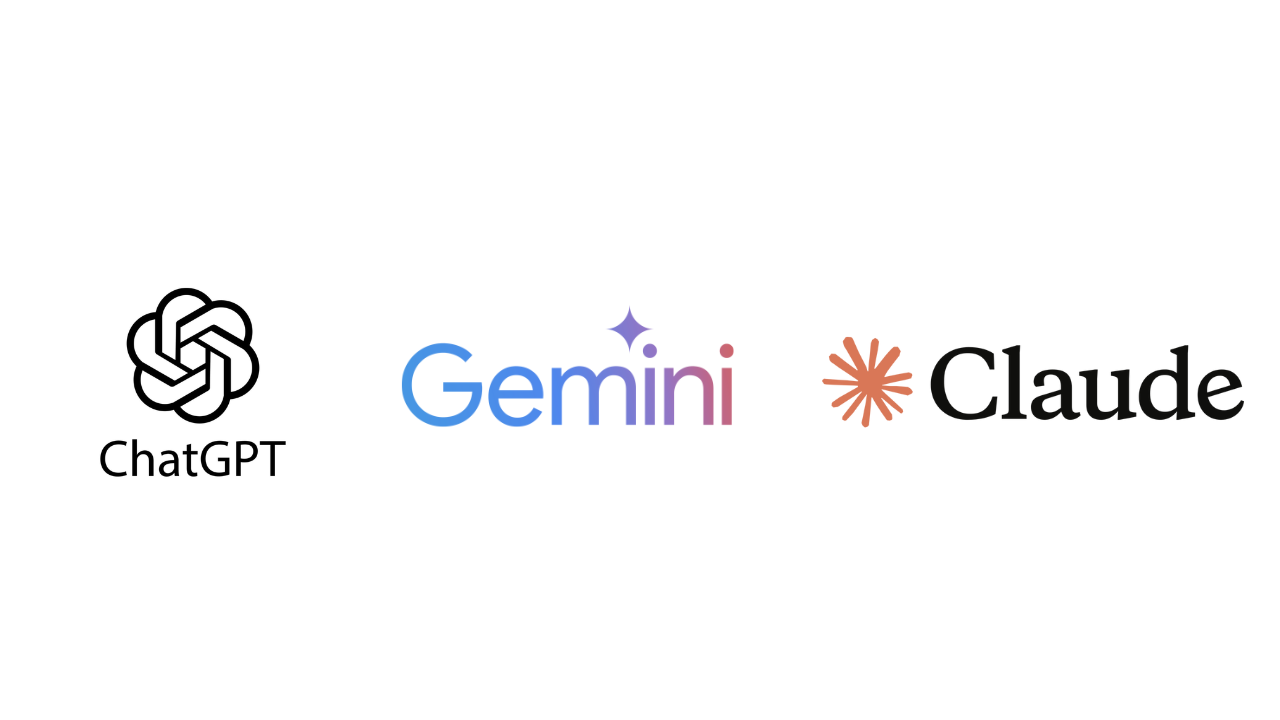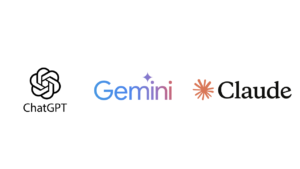X’s Block Feature Overhaul Sparks User Privacy Concerns

X (formerly Twitter) is making waves with a significant overhaul of its block feature, reshaping how privacy controls work on the platform. The update, which allows blocked accounts to view tweets while maintaining restrictions on interactions, marks a shift from traditional social media privacy measures. This change has stirred discussions about the boundaries of digital privacy and user safety in social spaces.
What’s Changing in X’s Block Feature?
Under the new update, X has modified the block feature to maintain restrictions on interactions like replies, likes, and retweets. However, blocked accounts can now view tweets from users who have blocked them. This adjustment is a departure from the complete visibility limitations that were standard for block functions across most social platforms.
This shift has raised questions about user control over content visibility, particularly for those concerned about online harassment or stalking.
Privacy Advocates and User Concerns
Digital privacy advocates have voiced concerns about these changes, noting that viewing restrictions have been a key tool for users dealing with harassment. With this update, individuals may be forced to choose between keeping a public profile and safeguarding their privacy.
The user community has been vocal about potential issues, highlighting:
- Reduced control over who can view personal content,
- Increased risk of passive harassment from blocked accounts,
- The need to shift to private accounts for enhanced security,
- Fewer options for managing unwanted attention.
Potential Implications of X’s Privacy Shift
X’s decision to redefine the block feature could have ripple effects across the platform and the broader social media landscape:
- Content Creator and Public Figure Safety: Content creators and public figures may rethink their use of X, knowing that blocked users can still access their posts. This could impact the type of content they share and how they engage with followers.
- Changes in User Behavior: The update may alter user behavior, leading some to limit personal information sharing or withdraw from public discussions.
- Platform Demographics: Users requiring stronger privacy measures may start exploring alternative platforms with more robust blocking features.
- Industry Standards: X’s new approach may prompt other social platforms to reconsider their own blocking mechanisms, especially if the response from users highlights the importance of traditional privacy controls.
X’s Perspective on the Block Feature Update
X has framed this change as a step toward promoting transparency and reducing information silos on the platform. By allowing blocked users to view content, X argues that it minimizes fragmented conversations caused by selective blocking, aiming to create a more unified public dialogue.
Looking Ahead: Balancing Transparency and Privacy
As X’s block feature transformation unfolds, the platform’s approach could influence broader industry standards for digital privacy and user safety. While the company presents this as a move toward open dialogue, user feedback suggests a delicate balance between transparency and protecting personal boundaries in online spaces.
For now, the update serves as a test case in the ongoing evolution of social media privacy controls. How users and other platforms respond to these changes may shape the future of digital privacy practices across the industry.
- ChatGPT vs. Gemini vs. Claude: Which AI Chatbot Should You Trust for Your Needs?
- Is Your SEO Strategy Keeping Up with the Times?
- How Can YouTube and LinkedIn Boost Your SEO?
- Transforming Customer Experience with AI, Data, and Automation
- Google Search Ranking Volatility Peaks Again in Late October 2024
- Google Search Demoting Content That Differs Starkly From a Site’s Core Theme
- 6 Essential Facebook Features You Might Not Be Using (But Should!)
- AI Overviews in Search Expand to Over 100 Countries
- Enhance Your Browsing Experience with Chrome’s New Performance Controls











